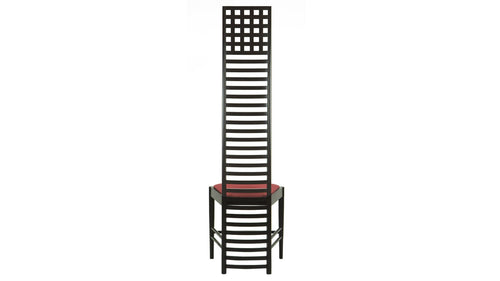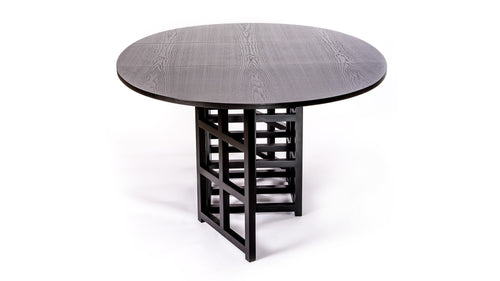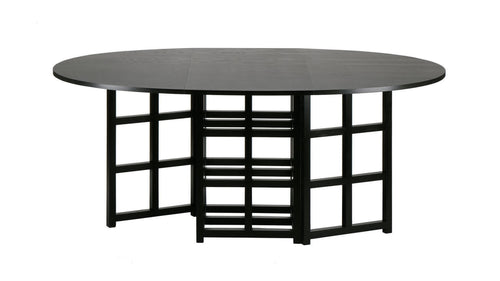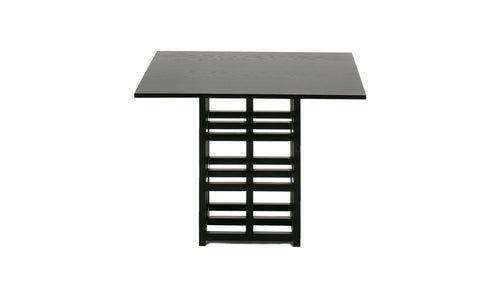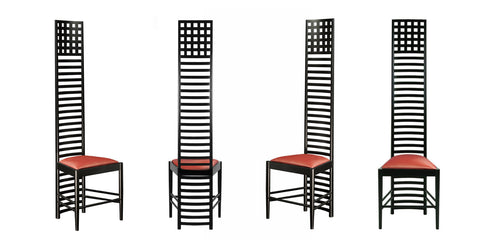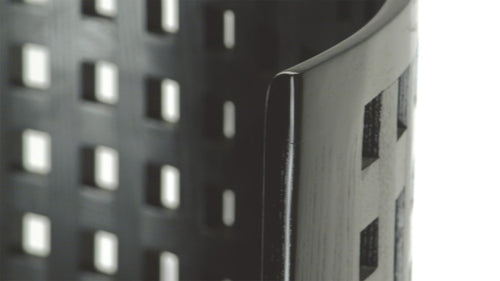Charles Rennie Mackintosh
C.R. Mackintosh
(1868-1928)
Furniture is passion, an expression of our love of life. A native Scot from Glasgow, today Mackintosh is considered a fundamental reference point for Liberty style, although his line was very personal, because his ideas essentially anticipated the times. His architectural designs, conceived for elementary volumetric blocks, are aspired to an extreme clarity and structural rationality. He was the first to create interiors with entirely white walls, overcoming the concept of the “facade” in architecture, and drawing inspiration from Celtic and primitive art for his forms. His furniture designs are also highly original and innovative; during the course of his career, he designed rigidly geometric furniture, preferably black, bearing a strong decorative stamp. Mackintosh loved wood and treated it like a supple, malleable material, covering it with lacquer, to hide seams and joints, enhancing only its definitive forms. For Mackintosh, architectonic space and furniture were the same total work of art. This is why – like many figures of the Modern Movement – he personally attended to even the tiniest details (even wallpaper, lighting, tableware), and refused works where he could not exercise a complete control.
Furniture is passion, an expression of our love of life. A native Scot from Glasgow, today Mackintosh is considered a fundamental reference point for Liberty style, although his line was very personal, because his ideas essentially anticipated the times. His architectural designs, conceived for elementary volumetric blocks, are aspired to an extreme clarity and structural rationality. He was the first to create interiors with entirely white walls, overcoming the concept of the “facade” in architecture, and drawing inspiration from Celtic and primitive art for his forms. His furniture designs are also highly original and innovative; during the course of his career, he designed rigidly geometric furniture, preferably black, bearing a strong decorative stamp. Mackintosh loved wood and treated it like a supple, malleable material, covering it with lacquer, to hide seams and joints, enhancing only its definitive forms. For Mackintosh, architectonic space and furniture were the same total work of art. This is why – like many figures of the Modern Movement – he personally attended to even the tiniest details (even wallpaper, lighting, tableware), and refused works where he could not exercise a complete control.

